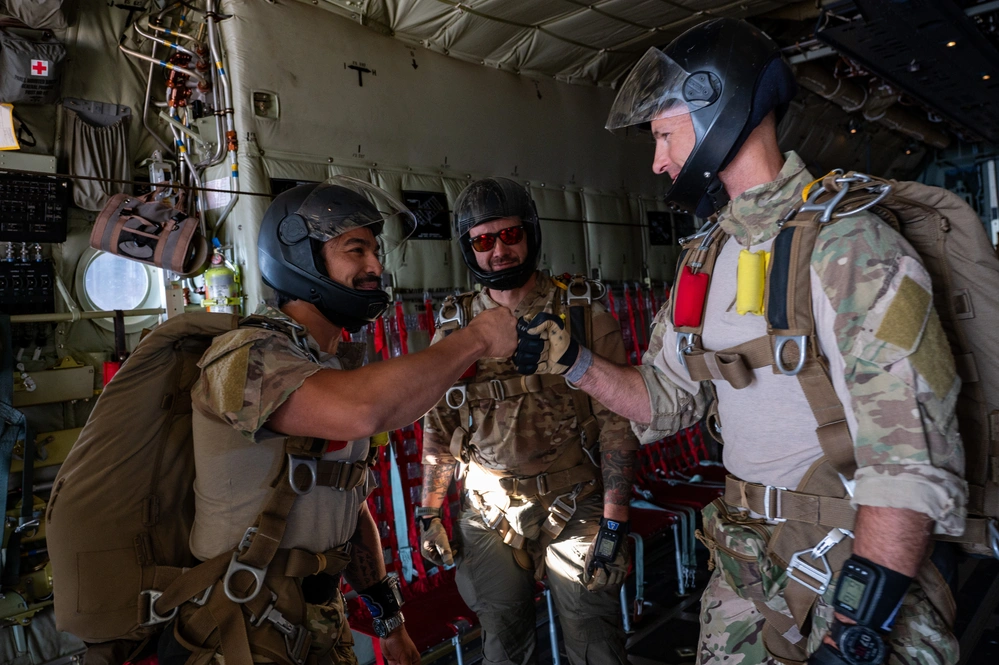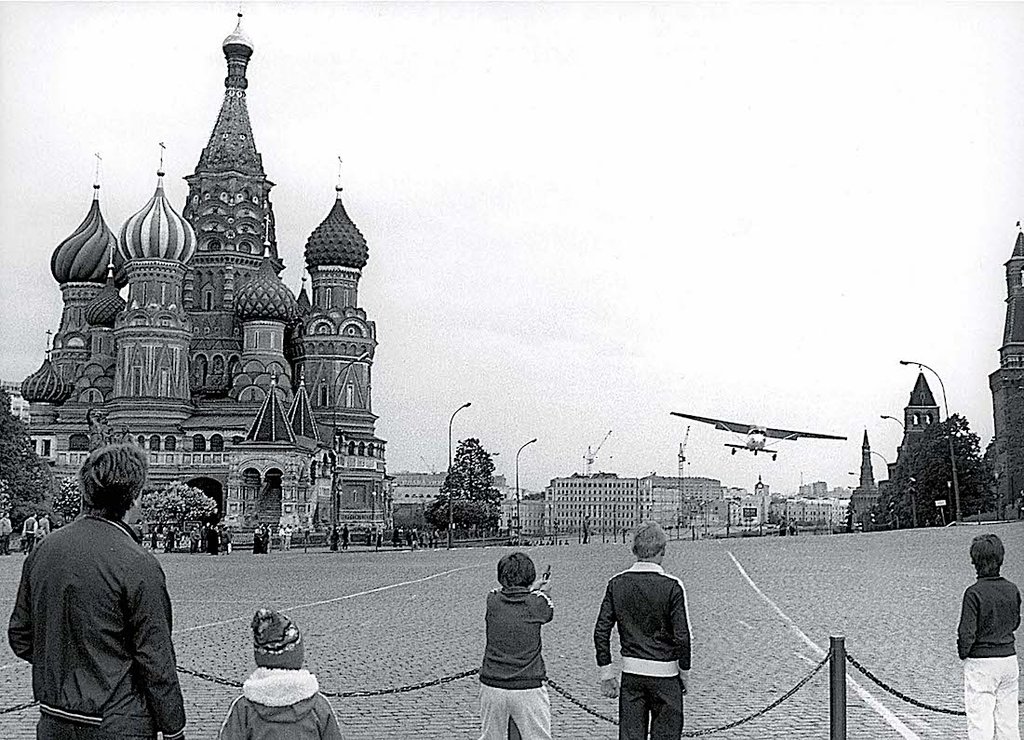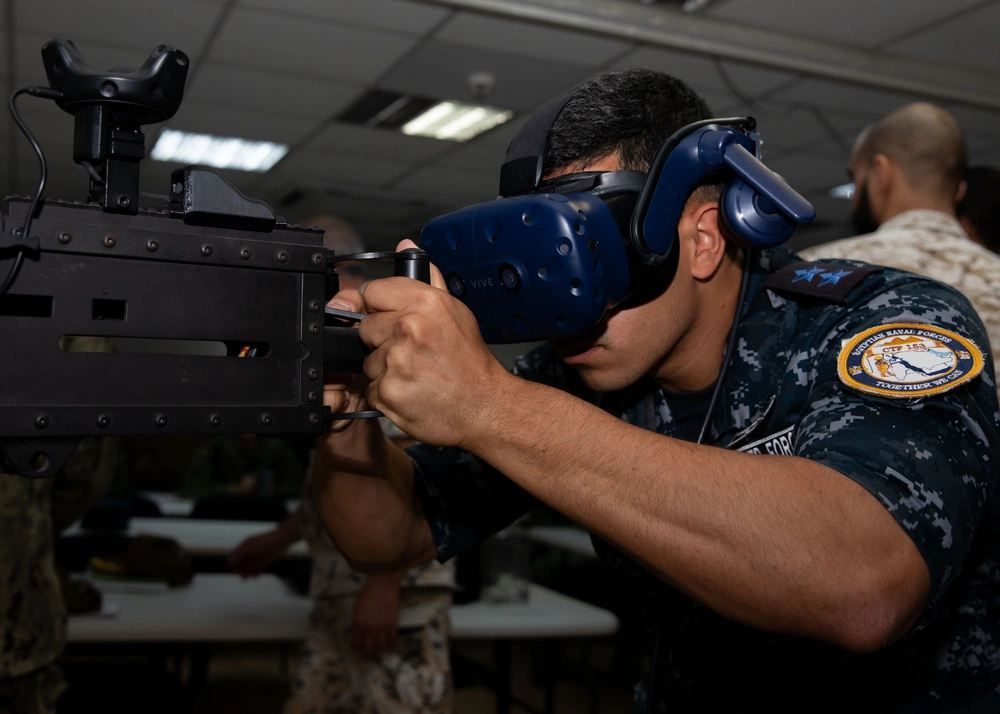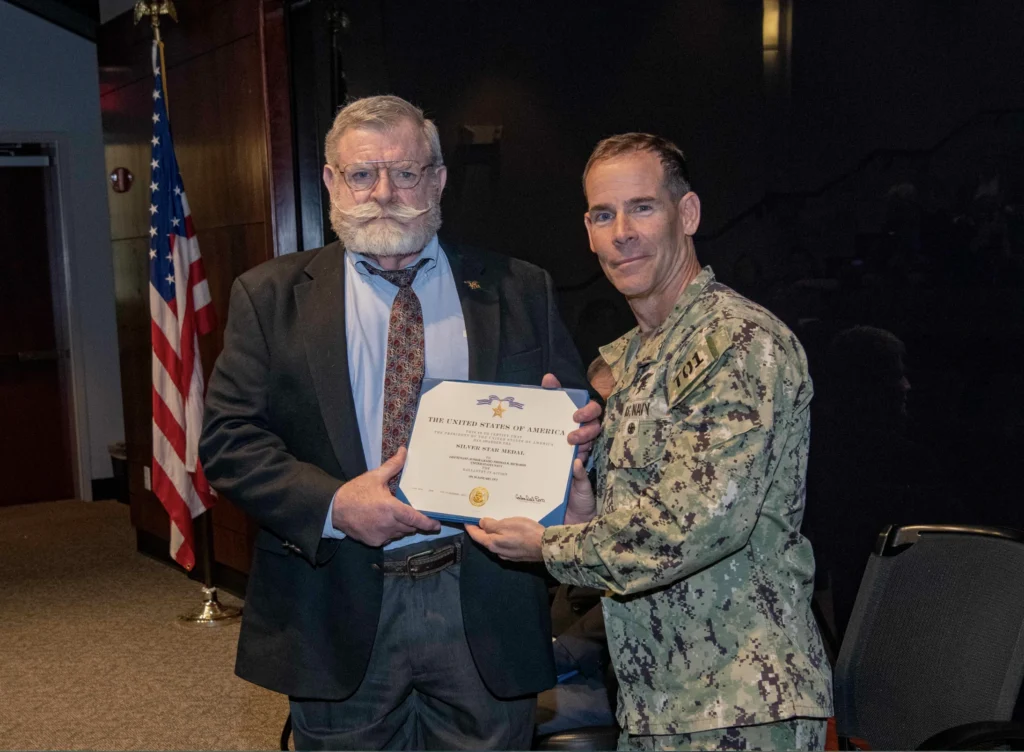In the mid-1980s, most U.S. Air Force special operations forces (SOF) personnel – such as they were at that time – were assigned under the 23rd Air Force.
In the wake of the 1980 operational disaster that was Operation Eagle Claw, the failed American hostage rescue mission in Iran, also known as “Desert One” the U.S. Congress pressured the military to consolidate all component SOF under their own unique commands. However, the 23rd Air Force still had other responsibilities on its plate besides special operations.
Fast-forward to 1987, and the 23rd AF was relocated to Hurlburt Field, FL, a picturesque and sun-drenched air base situated along a stretch of Florida Gulf Coast between Pensacola and Panama City. Then, on May 22, 1990, the 23rd AF was re-designated as Air Force Special Operations Command (AFSOC). All other non-SOF missions were removed from the command, thus finally fulfilling the intent of the post-Eagle Claw directives. And this year, AFSOC celebrates its 35th anniversary.
Members of the newly-formed AFSOC were not themselves new or inexperienced in special operations. In fact, many had just served in Operation Just Cause in Panama the year before the command’s founding. There, AC-130 Spectre gunship crews were decorated for providing air support; EC-130 crews carried out psychological operations missions; and HC and MC-130 crews provided air mobility support. Air Force rotary wing aircraft – Pave Low and Pave Hawks Shikorskys– were also involved in the missions, as were combat controllers and pararescuemen on the ground.
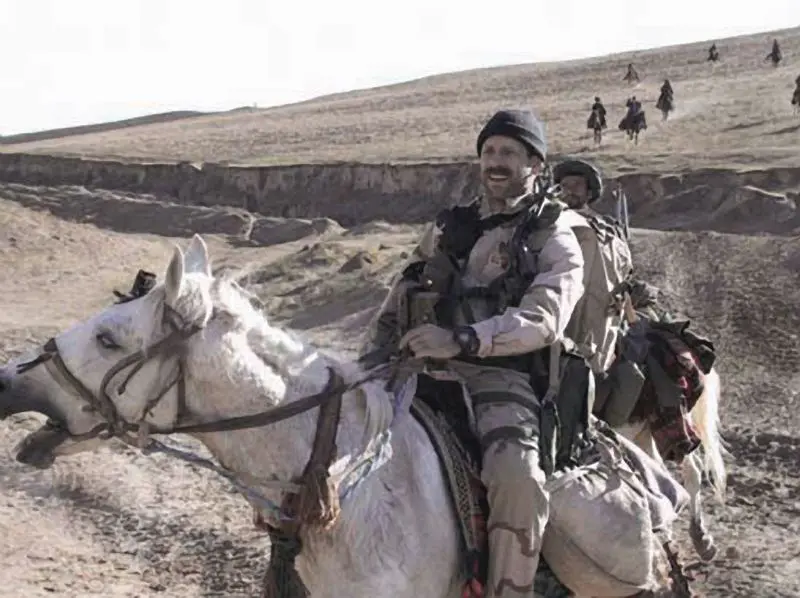
AFSOC as a command would go on to cut its teeth shortly after its founding, in Operations Desert Storm in Iraq and Restore Hope in Somalia. In those theatres, AFSOC missions included combat search and rescue, close air support, battlefield medical support, and special reconnaissance missions, among others. Several AFSOC personnel were decorated for heroism in Somalia, including for treating the wounded while under fire, and calling in helicopter attack runs in support of ground troops in fierce combat. However, it was in the 21st-century Global War on Terrorism (GWOT) conflicts in Afghanistan, Iraq, the Philippines, Syria, the Horn of Africa, and elsewhere that the Air Commandos of AFSOC would really craft their enduring legacy.
AFSOC personnel, operating under the auspices of joint special operations task forces (JSOTFs) deployed to every combat theater of the GWOT, in support of Army, Navy, and Marine SOF elements, as well as their own unique missions. In the years of combat following September 11, 2001, AFSOC personnel received one Medal of Honor, 64 Silver Stars, 12 Air Force Crosses, 123 Distinguished Flying Crosses, and more than 400 Bronze Star Medals with Valor. In fact, Special Tactics teams are the Air Force’s most decorated airmen. In pivotal battles in Takur Ghar, the Shok Valley, Ramadi, and Nangarhar Province, AFSOC air crews and commandos demonstrated feats of heroism and selfless bravery that will live in the service’s lore for decades to come.
Related: A primer on Air Force special operations jobs for officers
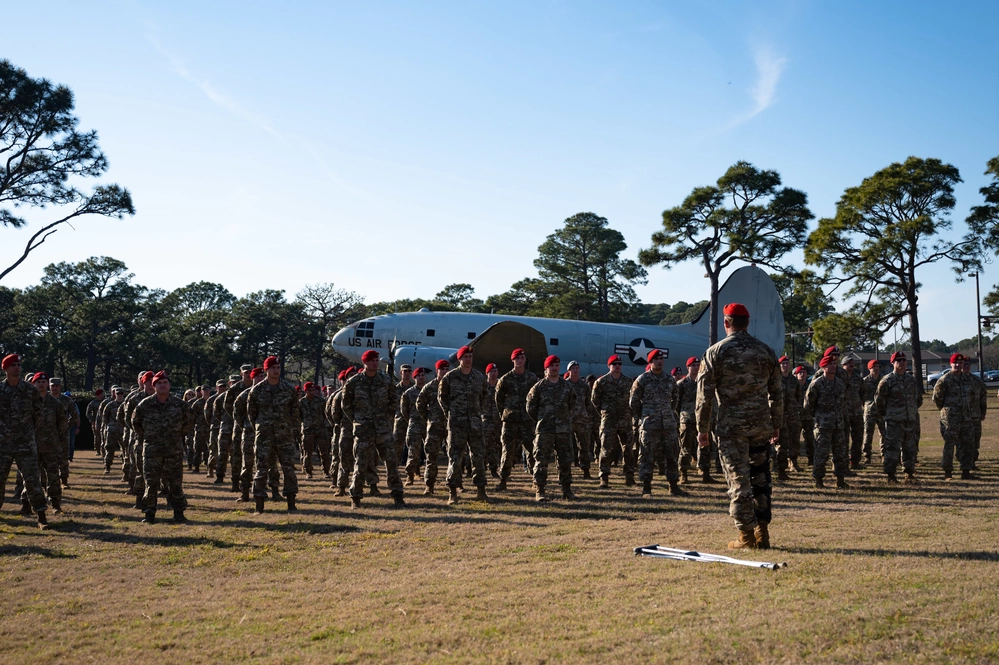
Today, though it’s still the Air Force’s smallest major command, AFSOC has grown to be a potent and critical component of the larger U.S. Special Operations Command. Through the crucible of post-9/11 conflicts, in particular, AFSOC has emerged as an enduring and highly-capable force. It has expanded to include three special operations wings at Hurlburt Field, others in New Mexico and England, and smaller and reserve units stretching from Japan to Pennsylvania. These units perform not only combat missions, but non-combatant evacuations and humanitarian/disaster relief operations across the world.
AFSOC’s 35th-birthday celebrations took place in Hurtburt Field.
“As we celebrate this milestone, let us not only reflect on the past but also look forward to the future,” Lt. Gen. Michael Conley, AFSOC’s commander said at the event.
“The challenges ahead will undoubtedly be complex, but we remain ready to answer the Nation’s call with the same unwavering spirit, innovation, valor, and dedication that has defined AFSOC for the past 35 years,” he added.
Congratulations to AFSOC on your birthday, and be proud of the legacy of heroism and selfless service you have provided to the United States and its citizens.
Feature Image: U.S. Air Force pararescuemen fist bump before exiting the ramp of an HC-130J Combat King II at 6,000 feet above ground level during a PJ Rodeo over Jean Lake Bed, Nevada, June 16, 2025. The PJ Rodeo is a competition where pararescuemen from all major commands compete in events based on core pararescue mission sets like jumping, shooting, technical rescue and physical fitness. (U.S. Air Force photo by Staff Sgt. Jose Miguel T. Tamondong)
Read more from Sandboxx News
- Caseless ammo could be the future of cartridges
- A stealth bomber for the toughest missions: The B-2 Spirit
- Navy’s wants to turn its AIM-174B missile into a hypersonic weapons killer
- Operation Midnight Hammer: How American stealth bombers struck Iran’s nuclear facilities
- ‘USS Dorado Project’ aims to solve WWII’s biggest submarine mystery

